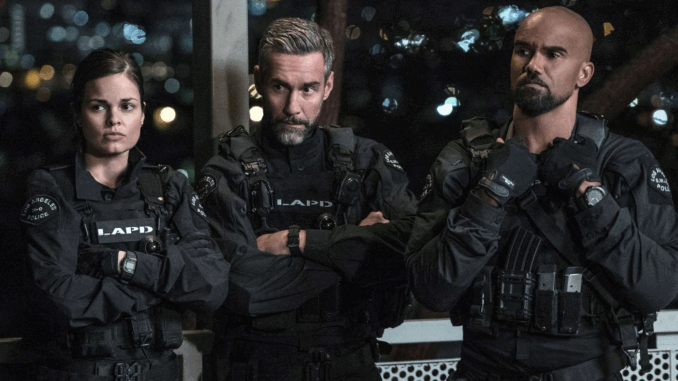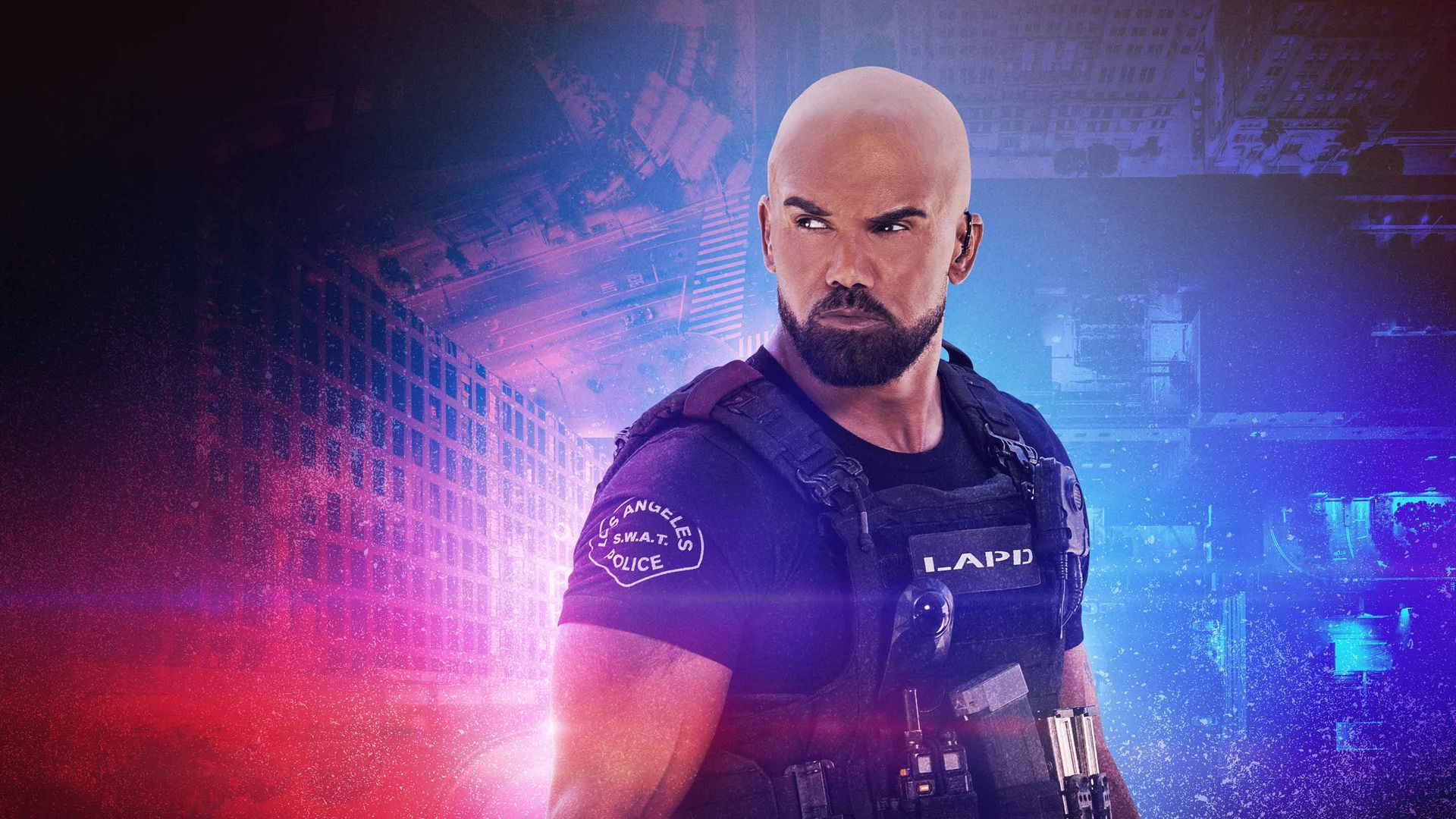
When people think of SWAT, they think of adrenaline-pumping action, tactical missions, and Shemar Moore commanding every scene with charisma. But in a surprising and well-earned twist, the series grabbed three Emmy nominations, proving it’s got more than just bullets and explosions—it has heart, craft, and cultural weight.
Let’s dive into three fascinating facts that help explain why SWAT is now part of Emmy history.
Fact 1 – SWAT Earned Its Nods for More Than Acting
Emmy Nominations That Highlight Technical Excellence
Many fans assume awards go to actors or writers. But SWAT’s 3 Emmy nominations weren’t just about who’s on camera—they honored behind-the-scenes brilliance.
-
Outstanding Stunt Coordination for a Drama Series
-
Outstanding Sound Editing
-
Outstanding Cinematography in a Single-Camera Series
That’s right—SWAT is being celebrated for how it’s made, not just what it’s about. From explosive car chases to carefully orchestrated tactical room entries, the team’s technical polish and realism stood out in a crowded field.
The Crew Deserves More Credit Than They Get
While actors like Shemar Moore draw the spotlight, these nominations are a reminder that SWAT relies on tight teamwork off-camera—just like the team it portrays.
The Emmy nods celebrate:
-
The silence before a breach
-
The thunderous crash of a takedown
-
The camera angles that put you inside the mission
It’s visual storytelling executed with precision.
: Fact 2 – A Groundbreaking Approach to Social Justice Storylines
“Spree” and “Black Hand Man” Episodes Made Waves
Two episodes—“Spree” (Season 4) and “Black Hand Man” (Season 4)—weren’t just action-packed. They tackled racial justice, police reform, and community tension with honesty and depth.
These episodes:
-
Brought Sheldon “Hondo” Harrelson’s internal struggle to the forefront
-
Tackled racial profiling and systemic bias
-
Opened real conversations between characters—and viewers
Emmy Judges Love When Drama Meets Real Life
Critics and voters alike noted how SWAT leaned into real-world issues without becoming preachy. The show balances entertainment with empathy, a tough line to walk, and the Emmys took notice.
It’s a big reason why the series is more than just a procedural—it’s a reflection of modern America’s complex relationship with law enforcement.
Fact 3 – SWAT Rebuilt the Procedural Genre from the Inside Out

A Reboot That Actually Works
When SWAT launched in 2017, many expected just another cookie-cutter remake of the 1975 show. What fans got was a thoughtful, modern reboot that:
-
Puts diversity at the core
-
Balances action with character development
-
Tackles societal issues while staying true to its tactical DNA
Shemar Moore’s portrayal of Hondo is a charismatic leader with emotional depth, something rare in procedurals. His layered performance has become a fan favorite and critical standout.
Real Training, Realism, Real Stakes
Behind the scenes, SWAT actors undergo intensive tactical training. The stunts, breaching scenes, and shootouts are tactically informed by real SWAT consultants. This realism helped the show get Emmy recognition for its technical categories—especially in stunts and cinematography.
Final Thoughts – SWAT Is Emmy-Worthy and Then Some
It’s easy to overlook procedural dramas—especially those packed with explosions and action. But SWAT isn’t just about adrenaline. It’s about storytelling with precision, purpose, and power.
From stunt coordination to emotional weight, this series earned its spot among the Emmy-nominated elite.
5 Unique FAQs
Q1: What Emmy Awards was SWAT nominated for?
SWAT received nominations for Outstanding Stunt Coordination, Outstanding Sound Editing, and Outstanding Cinematography.
Q2: Which episodes were praised for social justice themes?
“Spree” and “Black Hand Man” from Season 4 were standout episodes tackling race, justice, and community issues.
Q3: Why is Shemar Moore’s role in SWAT significant?
He plays Hondo, one of TV’s few Black SWAT leaders—bringing nuance, leadership, and vulnerability to a genre known for toughness.
Q4: Is the action in SWAT realistic?
Yes. Actors undergo SWAT-style training, and real consultants shape the tactical accuracy of scenes.
Q5: What makes SWAT stand out from other procedurals?
It combines high-stakes action with character-driven storytelling, social commentary, and visual precision—all of which earned Emmy nods.
Custom Message:
SWAT isn’t just about explosive moments—it’s about powerful stories told with precision. Emmy love was overdue, and the series proved it belongs in the awards spotlight.
